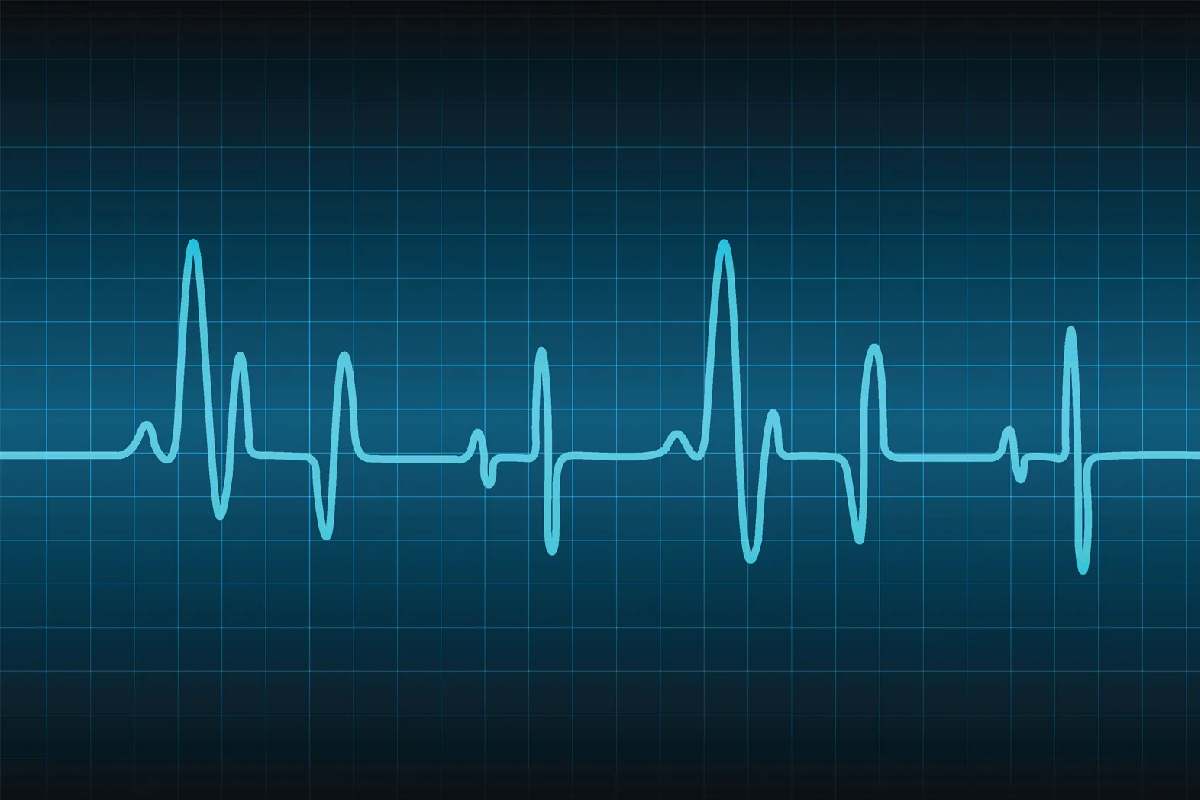Your heart rate is the sum of heartbeats per minute, usually between 60 and 100 beats per minute in adults. Your pulse is one way you can feel each heartbeat. Measuring your heart rate helps you monitor your health and know if you’re exercising at the right level to reap the most health benefits.
Table of Contents
What Is Your Pulse
Your pulse is your heart rate, or how many times your heart beats in a minute. It varies from person to person. For example, your it is lower when you are resting and increases when you are moving (your body needs more oxygenated blood when you are moving). Knowing how to measure your can help you evaluate your exercise program.
How To Measure Your Pulse
- Place the tips of your index, middle, and ring fingers on the palm of your other wrist, below the base of your thumb. Or place the advice of your index and middle fingers at the bottom of your throat on either side of your windpipe.
- Press down lightly with your fingers until you feel the blood pulsing under your fingers. You may need to slightly move your fingers up or down to feel the pulse.
- Use a clock with another hand or appearance at a clock with a second hand.
- Count the beats you touch for 10 seconds. Multiply this number by six to catch your (pulse) per minute.
Count your heart rate: _____ beats in 10 seconds x 6 = _____ beats/minute
What is a Normal Heart Rate?
Normal Resting :
Children (6 to 15 years) 70 to 100 beats per minute
Adults (over 18 years) 60 to 100 beats per minute
What Is the Maximum Heart Rate?
The maximum it is the extreme that reaches maximum exertion. A simple way to calculate your predicted maximum uses this formula:
220 – your age = expected maximum heart rate
Example: The expected maximum for a 40-year-old is 180 beats per minute.
What is the Target Heart Rate?
You get the most incredible benefits and reduce risks when you exercise within your target heart rate zone. Typically this occurs when your (pulse) is 60-80% of your maximum during exercise. However, your healthcare provider may initially lower your target it zone to 50% in some cases.
In some cases, high-intensity interval training (HIIT) can be beneficial. However, this should be discussed with a doctor before beginning. In HIIT exercise, it zones can exceed 85%.
Always check with your doctor before beginning any exercise package. Your provider can benefit you by finding a program then marking a heart rate zone that suits your needs, goals, and fitness level.
What is Your Target Zone?
Target heart rate zones by age*
Age: 40
Target heart rate (HR) range (60-85%): 108-153
Predicted maximum HR: 180
Age: 45
Target (HR) range (60-85%): 105-149
Predicted Max HR: 175
Age: 50
Target (HR) range (60-85%): 102-145
Predicted Max HR: 170
Age: 55
Target (HR) range (60-85%): 99-140
Predicted Max HR: 165
Age: 60
Target (HR) range (60-85%): 96-136
Predicted Max HR: 160
Age: 65
Target it (HR) range (60-85%): 93-132
Predicted Max HR: 155
Age: 70
Target heart rate (HR) range (60-85%): 90-123
Predicted Max HR: 150
This graph is base on the formula: 220 – your age = predicted maximum.
More Information About Exercises
- Exercise for heart health.
- Exercise: Make your show a success.
- To plan an appointment with an exercise specialist or to participate in a cardiac rehabilitation program, contact the Cleveland Clinic Preventive Cardiology and Rehabilitation Program
- Contact the American Association for Cardiopulmonary Rehabilitation to find a cardiac rehabilitation program in your area.
- American Heart Association.
- National Heart, Lung and Blood Institute.

